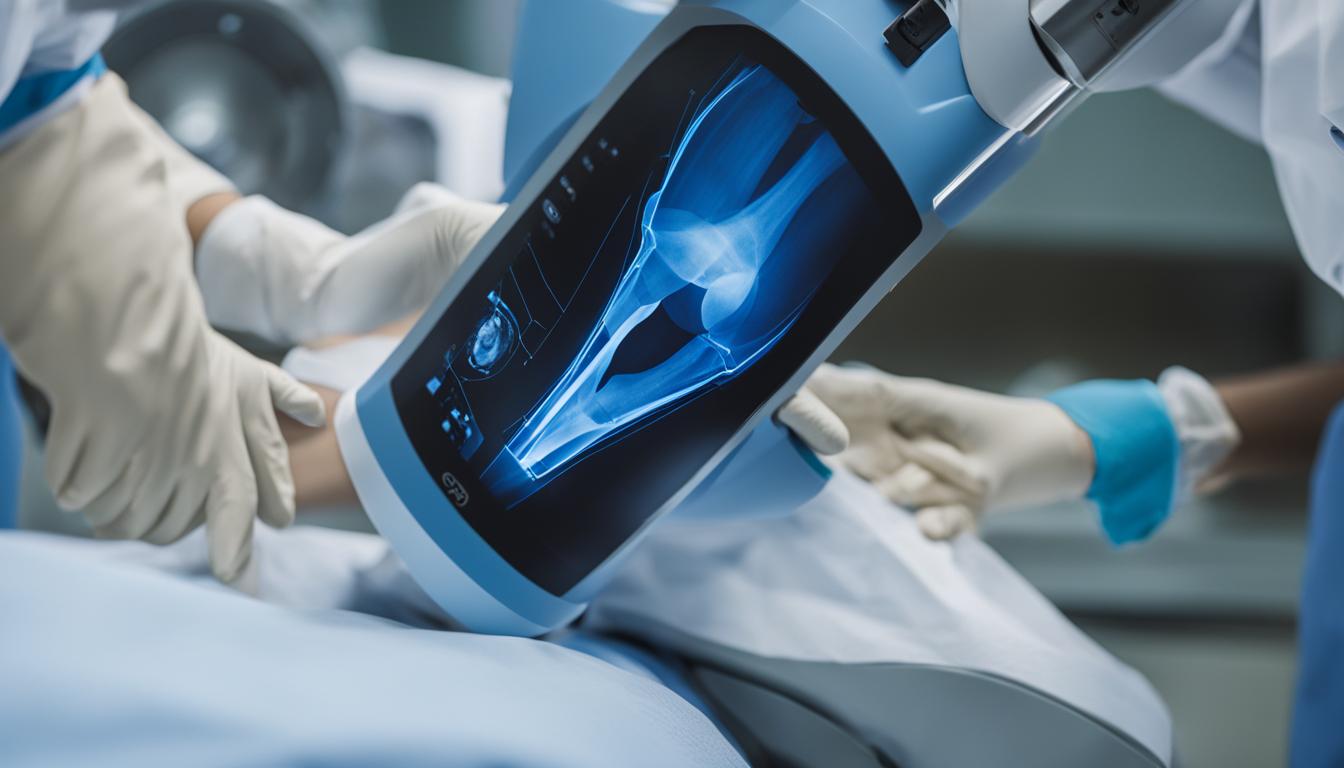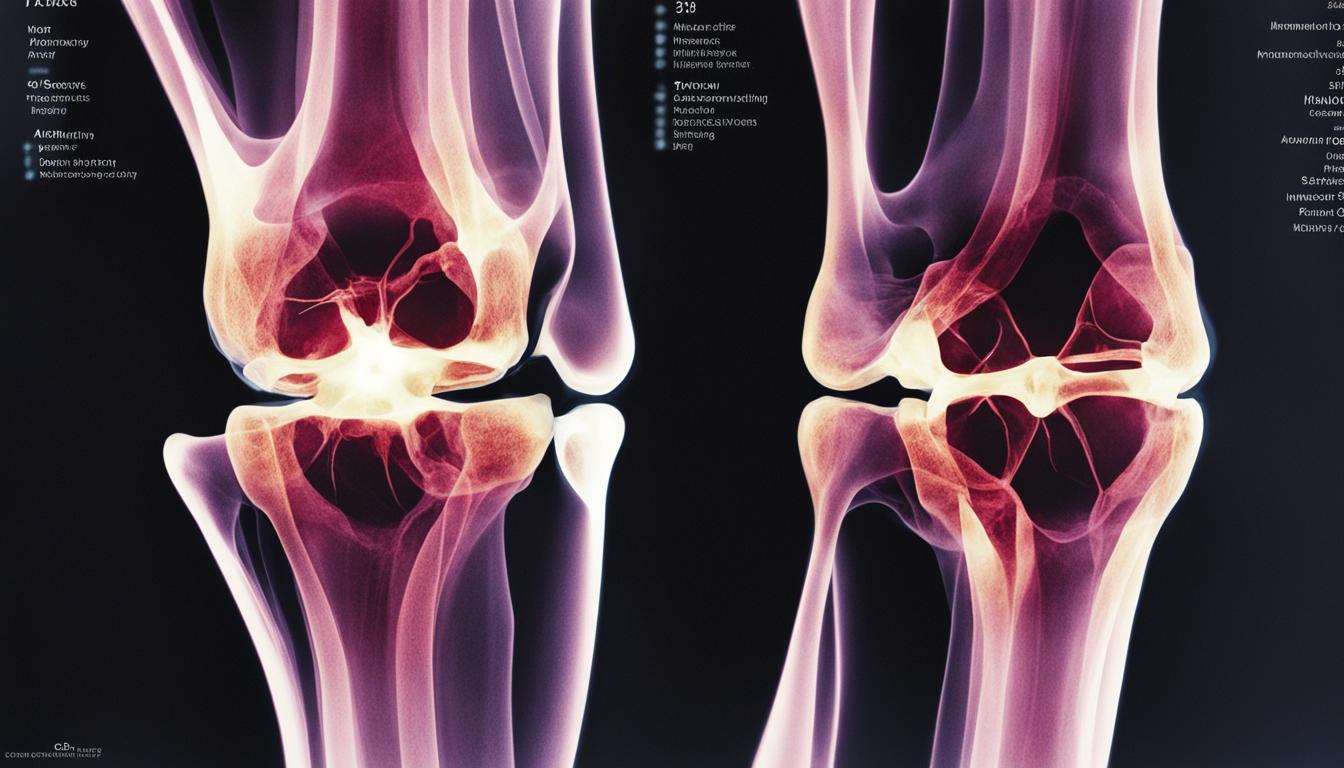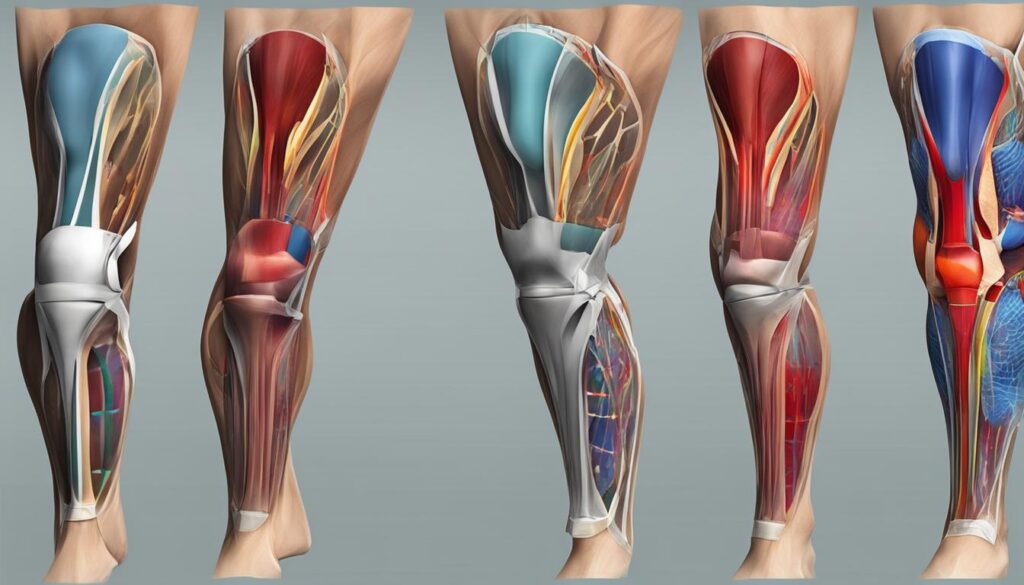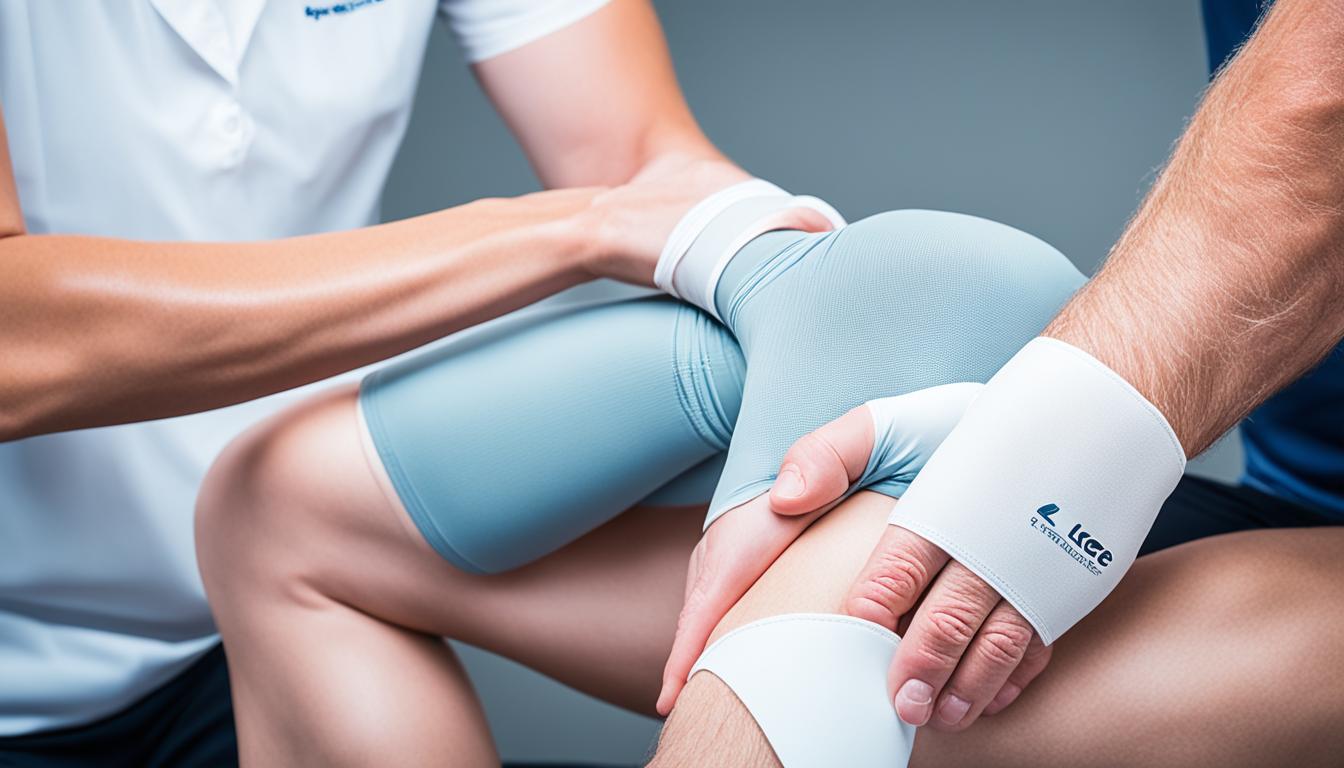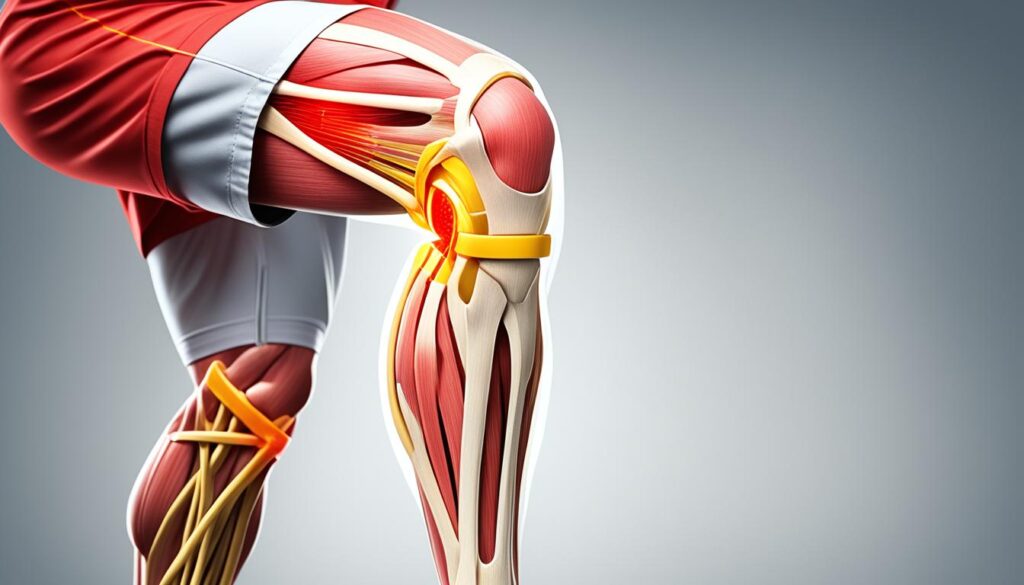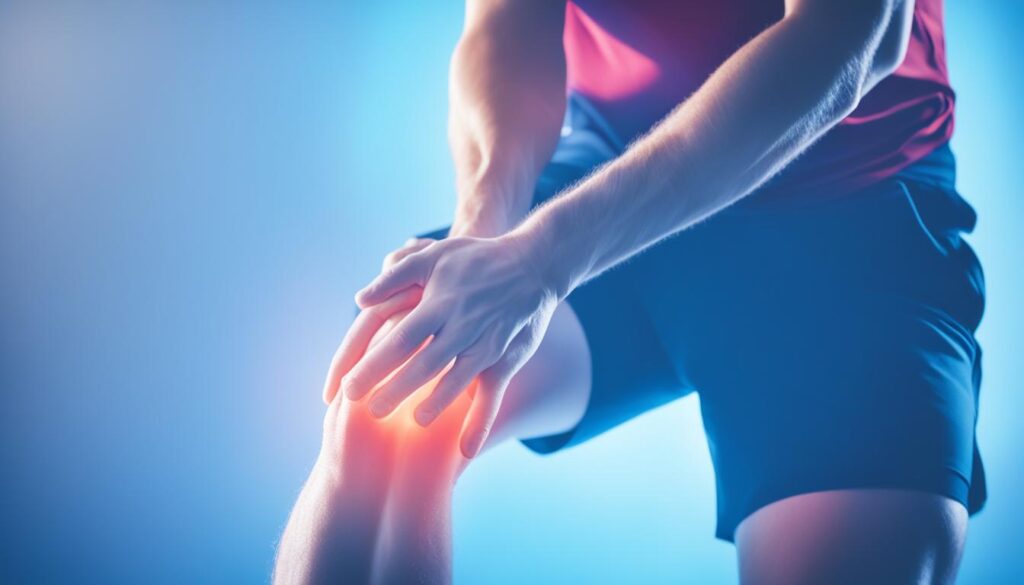Did you know that almost half of adults over 50 experience knee pain in a one-year period?
When you find yourself struggling with a knee injury, it is crucial to seek the expertise of the right specialist who can provide an accurate diagnosis and tailored treatment plan. At the Noyes Knee Institute, we understand the impact knee injuries can have on your daily life and overall well-being.
Types of Doctors for Knee Pain
When seeking treatment for knee pain, you may come across several types of doctors who can provide the expert care you need. One of the first healthcare professionals you may see is a general practitioner, also known as a family doctor or primary care physician. These doctors are often the initial point of contact for patients experiencing knee pain. They are skilled in conducting evaluations, ordering diagnostic tests, and recommending conservative treatments.
If your knee pain is severe, does not respond to conservative treatments, or requires specialized care, your general practitioner may refer you to a knee specialist or an orthopedic knee surgeon. These specialists have extensive training in diagnosing and treating various knee conditions, including injuries and degenerative diseases like osteoarthritis. They can provide both non-surgical interventions such as physical therapy and medications, as well as perform procedures like arthroscopic surgery or joint replacement when necessary.
Specialists in knee injuries often work in dedicated knee injury clinics such as the Noyes Knee Institute. These clinics focus on providing specialized care for patients with knee pain and offer a team of experts who are well-versed in treating a range of knee injuries and conditions.
If you have a knee injury that is related to sports or exercise, you may also consider consulting a sports medicine physician. These healthcare professionals specialize in treating and preventing sports-related injuries and can create customized treatment plans to help you recover and safely return to your activities. Additionally, physical therapists play a vital role in treating knee injuries by improving function and mobility. They can assess your knee pain, develop personalized treatment plans, and utilize various modalities such as exercise and manual therapy to reduce pain, swelling, and inflammation.
Here is an overview of the different types of doctors who can help with knee pain:
- General Practitioner
- Knee Specialist
- Orthopedic Knee Surgeon
- Sports Medicine Physician
- Physical Therapist
If you’re unsure about which type of doctor to see for your knee pain, it’s always best to consult with your general practitioner as they can guide you toward the most appropriate specialist based on your specific needs. Regardless of the type of doctor you see, they will assess your condition, order diagnostic tests if needed, and develop a customized treatment plan tailored to your individual circumstances.

The Role of Sports Medicine Physicians and Physical Therapists
For individuals with knee injuries related to sports or exercise, a sports medicine physician is an excellent choice. They are trained in treating and preventing sports-related injuries and can develop customized treatment plans to help patients recover and safely return to their activities. Sports medicine physicians may also provide guidance on proper nutrition and rest to reduce the risk of future injuries.
Physical therapists, on the other hand, specialize in improving the function and mobility of the body. They can assess knee pain, develop personalized treatment plans, and use various modalities like exercise and manual therapy to reduce pain, swelling, and inflammation. Physical therapists often work closely with orthopedic knee surgeons for post-surgery rehabilitation and can educate patients on proper techniques for activities to prevent further injury.
Conclusion
When it comes to knee injuries, finding the right expert is crucial for proper diagnosis and treatment. At the Noyes Knee Institute, our team of orthopedic knee surgeons specializes in providing top-quality care for patients with knee pain. Our experts understand the complexity of knee injuries and are equipped with the knowledge and skills to develop personalized treatment plans tailored to each patient’s unique needs.
In addition to orthopedic knee surgeons, other specialists such as sports medicine physicians and physical therapists play vital roles in the treatment and recovery process. Our sports medicine physicians are well-versed in the prevention and treatment of sports-related knee injuries, offering comprehensive care to help patients safely return to their activities. Our skilled physical therapists work closely with orthopedic knee surgeons to provide rehabilitation services and educate patients on proper techniques to prevent further injury.
Regardless of the type of doctor you see, rest assured that they will assess your condition, order any necessary diagnostic tests, and design a customized treatment plan to address your specific needs. It’s important not to ignore knee pain or assume it’s a normal part of aging. Seek medical attention from a knee injury expert to uncover the underlying cause of your pain and find effective relief.
FAQ
What kind of doctor should I see for a knee injury?
Depending on the severity of your knee injury, you may need to see different specialists. Common options include orthopedic doctors, sports medicine physicians, and physical therapists.
What can an orthopedic doctor do for my knee injury?
Orthopedic doctors specialize in diagnosing and treating musculoskeletal conditions, including knee injuries. They can provide non-surgical treatments and perform surgical procedures if necessary.
How can a sports medicine physician help with my knee pain?
Sports medicine physicians have expertise in diagnosing and treating sports-related injuries, including knee pain. They can provide customized treatment plans to help you recover and safely return to your activities.
What is the role of a physical therapist in knee injury treatment?
Physical therapists specialize in improving the function and mobility of the body. They can assess your knee pain, develop personalized treatment plans, and use various modalities like exercise and manual therapy to reduce pain and inflammation.
Should I seek medical attention for knee pain?
Yes, it’s important to seek medical attention for knee pain to address the underlying cause and find relief. Ignoring knee pain can lead to further damage and potentially long-term complications.
